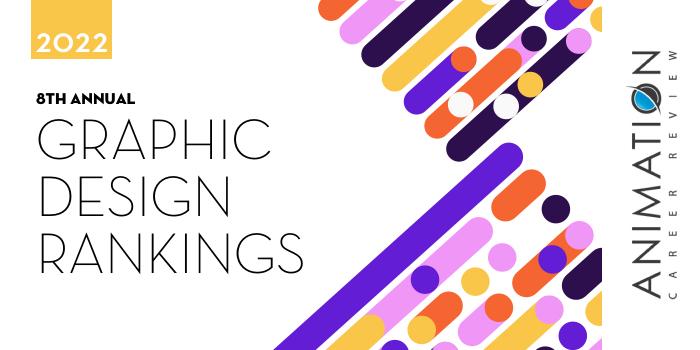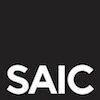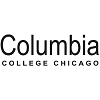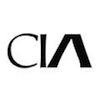Minneapolis College of Art and Design (MCAD) offers a BFA in Graphic Design, an MA in Graphic and Web Design, an interdisciplinary MFA, and a fully online User Experience (UX) Design Certificate.
Students in all MCAD Design programs will participate in critiques, collaborative projects, and hands-on training experiences through internships and other experiential learning activities. Students in all programs also have the option to study abroad in places such Japan, Germany, Ireland, England, Italy, or anywhere in the U.S.
The 120 credit hour BFA in Graphic Design combines core courses, foundation studies and studio electives with humanities and sciences coursework. Course examples for the program include Liberal Arts Advanced Seminar, Art and Globalization in the Atlantic World, Applied Art and Design Objects, Graphic Design 1-2, Digital Production, Publication Design, Type Plus, Web and Screen, Coding Concepts, and Advanced Graphic Design Seminar. MCAD BFA students will also complete Senior Project: Graphic Design, worth six credit hours.
The MCAD MA in Graphic and Web Design is a 30 credit hour program that explores typography, web design and programming, design principles, ideation, workflow management, and research. Students in this program can expect to work in teams with peers and professionals in the industry to complete projects and solve problems. Course examples for the program include Typography, User Experience Design, Experimental Interaction, Design in Context, and Motion Design.
The 60 credit hour Interdisciplinary MFA highlights independent and collaborative studios, one-on-one work with a mentor, and the opportunity to pursue creative work in multiple areas. Examples include graphic design, web and multimedia, paper and book arts, experimental video/film, web and multimedia, comic arts, animation, printmaking, illustration, photography, installation, drawing/painting, and public arts.
Graduates of the Design Programs at Minneapolis College of Art and Design go on to establish careers such as Graphic Designer, Brand and Logo Designer, Production Artist, Editorial Illustrator, User-Experience (UX) Designer, Art Director, Front-End Developer, Creative Director and Web Designer, among others. MCAD alumni work for design firms, start-ups, publishing houses, large corporations, museums, government agencies, small businesses, and production studios. Some graduates have launched their own design studios or other creative firms.
Minneapolis College of Art and Design is accredited by the National Association of Schools of Art and Design (NASAD) and the Higher Learning Commission (HLC). MCAD is also affiliated with the Association of Independent Colleges of Art and Design (AICAD).
Established in 1886, Minneapolis College of Art and Design serves more than 800 students. The school offers 14 undergraduate majors leading to a BFA or BS, three MA programs, including the new MA in Creative Leadership (launching summer 2022), one MFA program, and five professional development certificate programs.



























